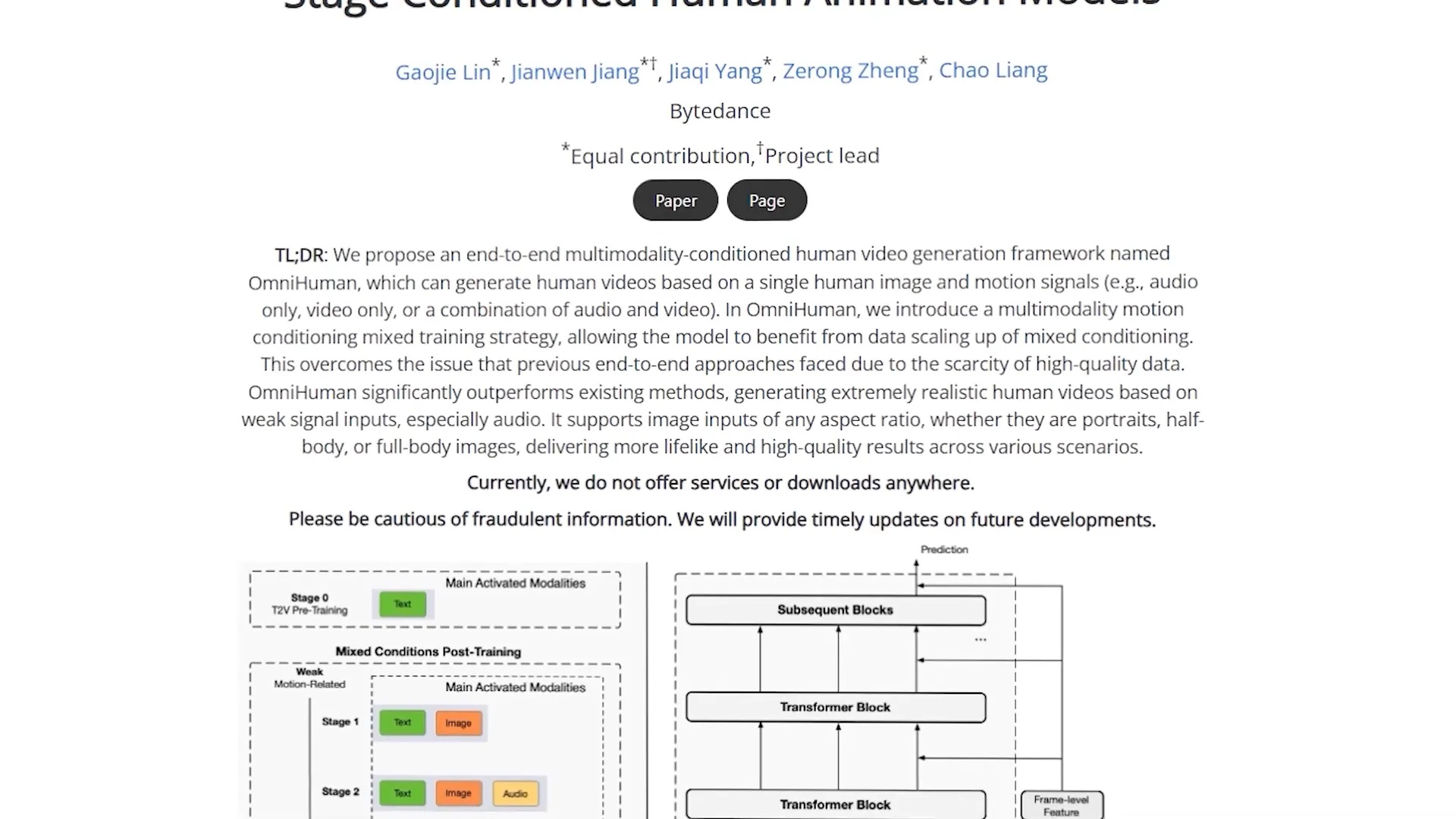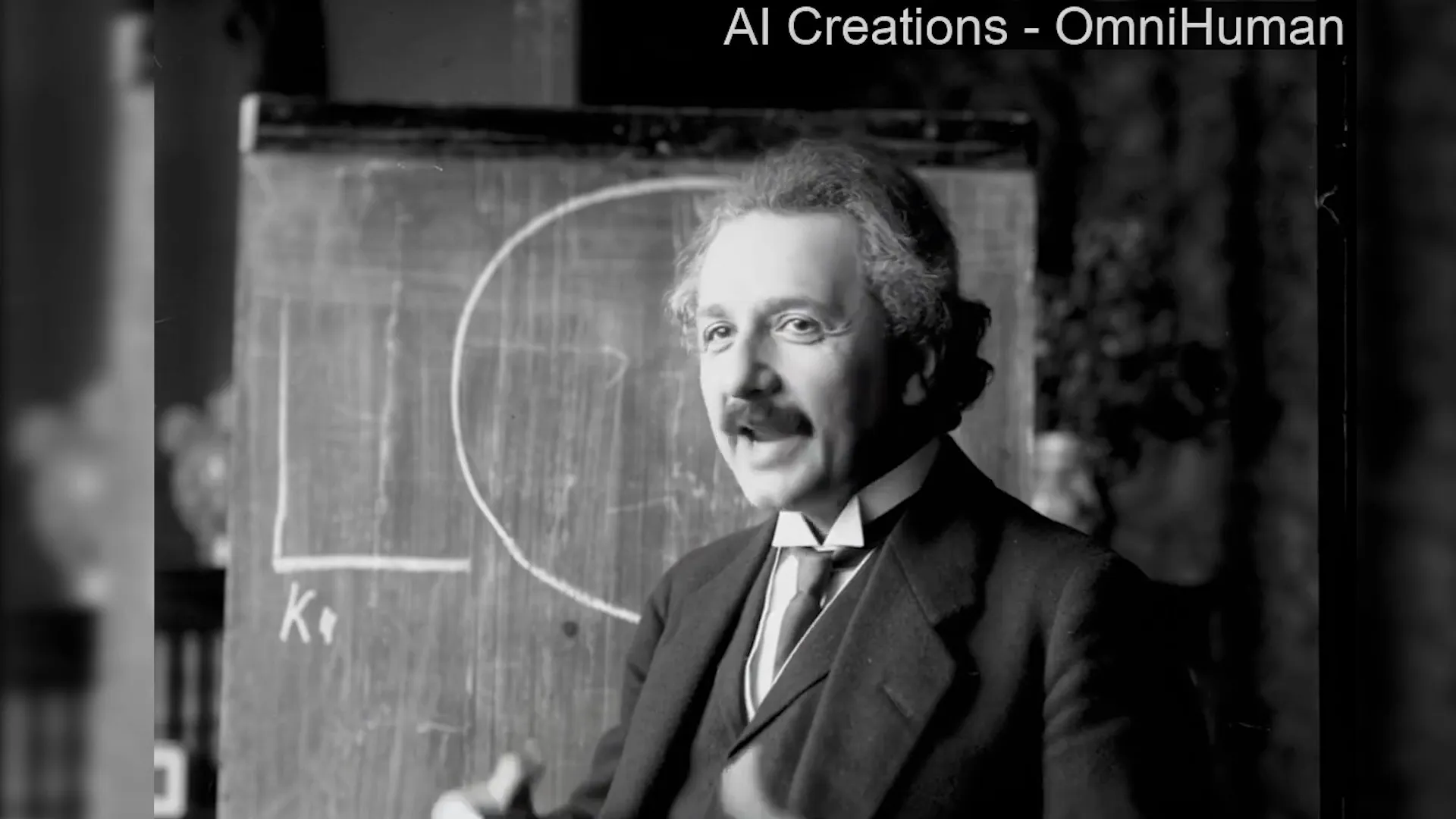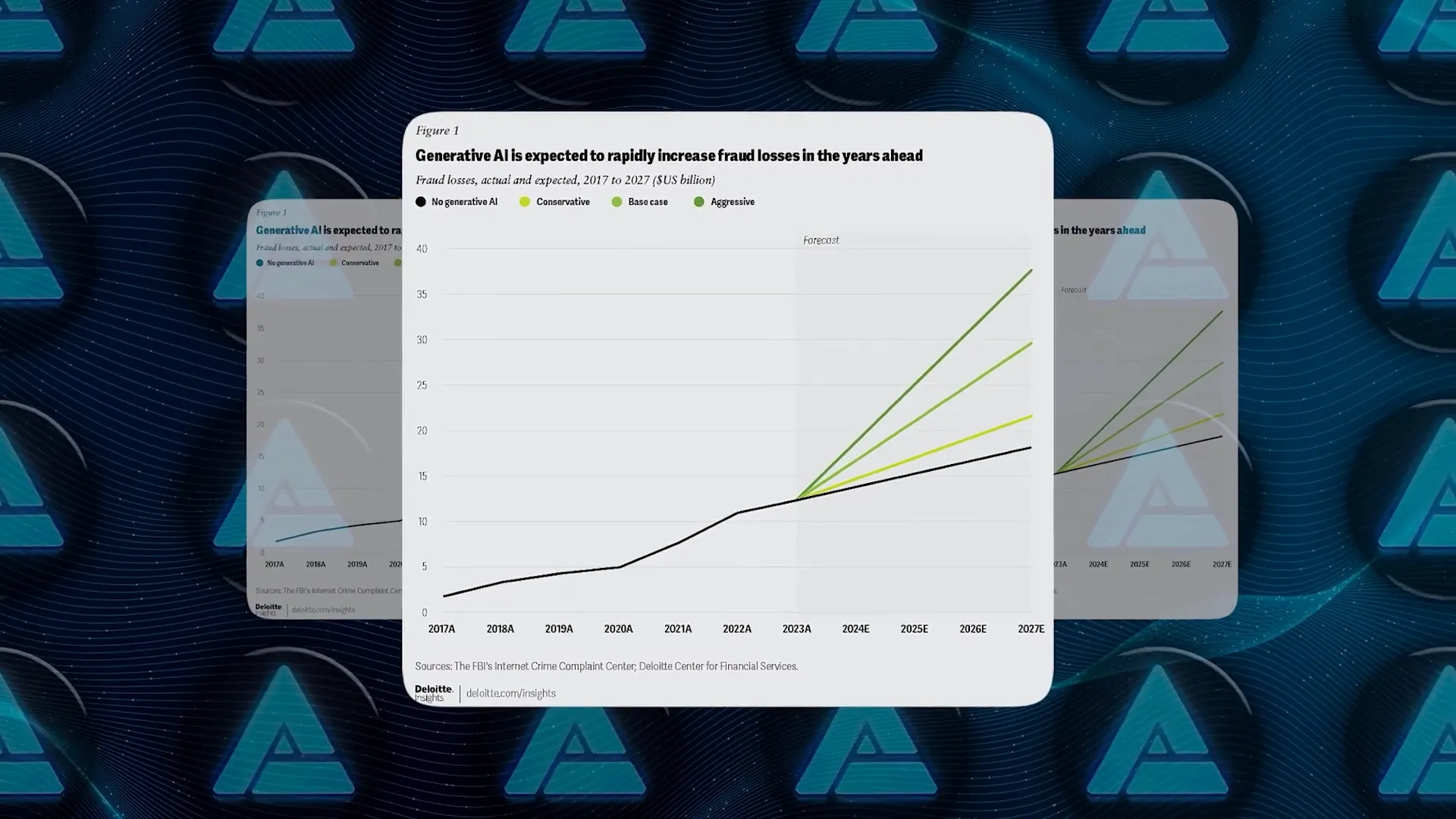ByteDance, the parent company behind TikTok, has taken a monumental leap in artificial intelligence with the unveiling of OmniHuman. This groundbreaking AI technology can transform a single photo into a full-body video, showcasing natural movements, gestures, and even singing. The implications of this technology are both exciting and concerning, as it pushes the boundaries of deepfake technology to new heights.

What is OmniHuman?
OmniHuman represents a revolutionary approach to AI-powered video generation. Unlike previous deepfake tools that typically require multiple reference images or video clips, OmniHuman can produce eerily lifelike footage using just one photo. This is not merely face replacement or lip-syncing; we are talking about full-body animations that include gestures, movements, and even the ability to play instruments—all synchronized with audio.
How Does OmniHuman Work?
The magic of OmniHuman lies in its advanced training methodology. ByteDance claims that they trained OmniHuman on a massive dataset, consisting of between 18,700 and 19,000 hours of video content. This extensive training allows the AI to learn how humans move and communicate, leveraging multiple conditioning signals such as text, audio, and body poses.

This method, termed Omni Conditions, enables the AI to adapt to various scenarios, producing videos where characters can speak, sing, gesture, or even play instruments. The result is a highly realistic portrayal of subjects that can be manipulated to fit a wide range of creative needs.
Impressive Demonstrations
ByteDance has showcased several stunning examples of OmniHuman's capabilities. One highlight features a fictional performance by Taylor Swift, so realistic that viewers might do a double take to confirm its authenticity. Another striking example depicts Albert Einstein delivering a lecture in crisp black and white, making it appear as though it was filmed with modern HD cameras.

In these demonstrations, Einstein can be seen gesturing expressively while discussing art, further blurring the lines between reality and digital fabrication. However, it's worth noting that while the technology is impressive, it is not without its flaws. Some scenarios displayed awkward movements, indicating the AI's struggle with certain poses, but the advancements over older deepfake methods are undeniable.
Potential Applications of OmniHuman
The potential applications for OmniHuman are vast and varied. Here are a few areas where this technology could make a significant impact:
- Entertainment: OmniHuman could revolutionize the film and gaming industries by creating lifelike CGI characters or even resurrecting deceased actors for new roles.
- Education: Imagine historical figures like Marilyn Monroe or Humphrey Bogart delivering lectures to students. This technology could make learning more engaging and interactive.
- Social Media: TikTok creators could leverage OmniHuman to produce personalized content without the need for extensive video shoots.

The Dark Side of Deepfakes
While OmniHuman showcases incredible technology, it also raises significant ethical concerns. The potential for misuse is high, especially in the realm of misinformation. There have already been instances where deepfake technology has been weaponized for political gain or financial scams.
For example, during the elections in Taiwan, an AI-generated audio clip falsely suggested a politician was endorsing a pro-Chinese candidate. Such incidents highlight the risks associated with deepfake technology, which could easily be used to create misleading narratives or fake endorsements.
Fraud and Misinformation: A Growing Concern
The financial implications of AI-generated content are staggering. Reports indicate that deepfake technology contributed to over $122 billion in fraud losses in 2023. This figure is expected to reach $40 billion in the U.S. by 2027, demonstrating the urgent need for regulation and detection tools.

Experts have called for stricter regulations, with over ten states in the U.S. proposing laws against AI impersonation. California, for instance, has been working on legislation that would empower judges to remove deepfake content or impose fines on those who share it. However, the challenge remains in detecting high-quality deepfakes, which can be incredibly difficult even with AI-based detection tools.
Public Perception and Awareness
A recent survey conducted by an ID verification firm revealed that 60% of participants encountered a deepfake in the past year. Alarmingly, 72% expressed concern about being deceived by deepfakes daily. This growing awareness underscores the need for robust solutions to combat misinformation and protect individuals from fraudulent activities.

Future of OmniHuman and Deepfake Technology
As of now, ByteDance has not publicly released OmniHuman. However, it is only a matter of time before similar systems emerge, given the popularity of generative AI. The potential for misuse remains a pressing concern, and experts are advocating for stronger detection tools, particularly ahead of future elections.
ByteDance plans to showcase OmniHuman at an upcoming computer vision conference, and they are not alone in this race. Tech giants like Google, Microsoft, and Meta are also developing similar technologies, but ByteDance holds a unique advantage due to its extensive data from TikTok.
Conclusion
OmniHuman represents a significant leap forward in AI-driven video generation. Its ability to create hyper-realistic videos from a single photo opens up new avenues for creativity and innovation across various industries. However, the ethical implications and potential for misuse cannot be ignored. As technology evolves, the call for responsible AI development and regulation becomes increasingly critical.
What are your thoughts on OmniHuman and its implications? Share your opinions in the comments below!



0 Comments